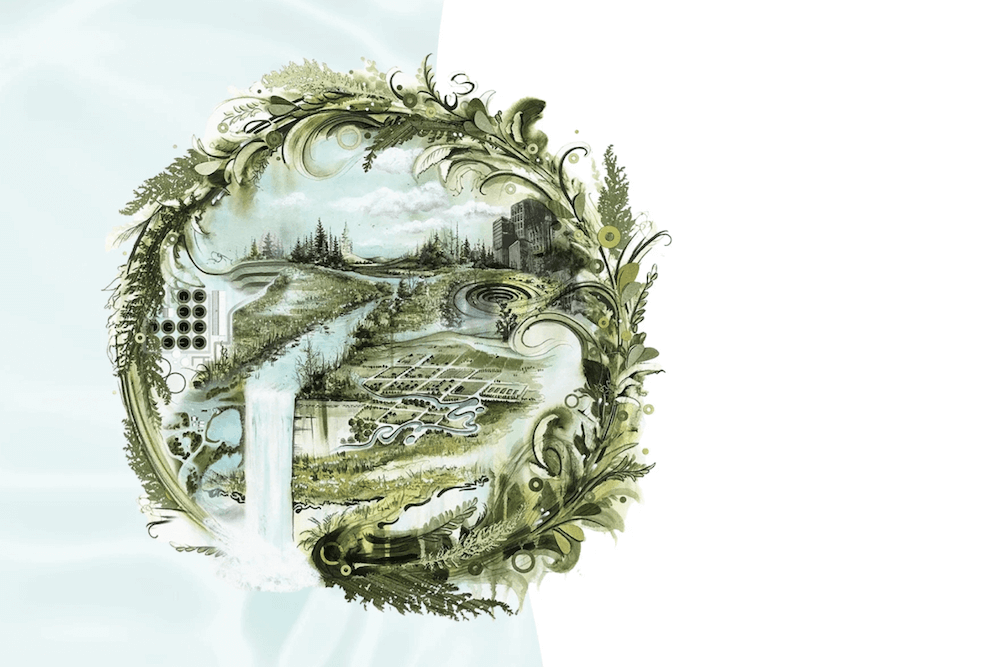By Jim Midcap
University of Georgia
If your landscape plants look wilted day after day and all those
stressed plants are taking your extra time and water, maybe it’s
time to redo parts of your landscape.
All plants require water to survive. With higher temperatures,
plants use even more water. But some are highly efficient in
using water. Others develop extensive root systems to withdraw
extra moisture during droughts.
Many plants can provide shade, foliage, flowers, fall color and
fragrance to the landscape even in the heat of summer. By
selecting the proper plants, preparing the site well and getting
plants well established, you can enjoy your landscape with less
irrigation and care.
First, select the right plants. This means plants adapted to your
site as well as being heat- and drought-tolerant.
Do you have full sun, partial sun, partial shade or deep shade?
Is your soil sandy and well-drained? Is it a heavy clay that
stays wet after rain and hard as a brick during droughts?
Good choices
Tough shade trees that resist heat and drought include the willow
oak, lacebark elm and Chinese pistache. The willow oak has a nice
pyramidal shape, small leaves and small acorns. The lacebark elm
has small, dark green leaves and sheds its bark in small flakes.
The Chinese pistache has outstanding orange-red fall color and
very few pests.
Small trees adapted to our heat zone include the trident maple,
crape myrtle and the Chinese fringe tree. The trident maple has
great fall color and shedding bark. Crape myrtles bloom all
summer long. And the Chinese fringe tree is covered with white
flowers in late spring and dark green foliage all summer.
The dwarf yaupon holly, dwarf Burford holly and dwarf nandina are
all heat-tolerant, dwarf evergreen shrubs. All are adapted to sun
or partial shade. The dwarf yaupon tolerates wet or dry sites.
The dwarf Burford has dark, glossy green leaves. Dwarf nandinas
usually get red-orange fall color.
The rose-of-Sharon, butterfly bush and shrub rose can add color
as well as heat tolerance. Rose-of-Sharon is a heritage plant
that blooms in late summer and fall. Butterfly bushes bloom all
summer and attract many butterflies. And shrub roses provide
color and fragrance in spring, summer and fall.
Good start
New plantings require special care to become well established and
be able to tolerate next year’s heat and drought. Planting in
early fall, when the soils are still warm, will enable plants to
become better established by next summer.
To get your plants off to their best start, don’t wait to begin
preparing the site properly. First, remove the existing,
drought-stressed plants, tops, roots and all. Then rotary till
the area as deep as you can, at least 8 to 10 inches, to break up
any compacted soil.
Incorporate composted organic matter and amendments into the bed.
When the temperatures first begin to drop for the fall, plant
your newly purchased trees and shrubs.
Mulch the bed and keep the new plantings watered. By the time
next year’s heat and dry spells arrive, your new landscape plants
should be established well enough to make your summertime living
easy.
(Jim Midcap is a Cooperative Extension horticulturist with the
University of Georgia College of Agricultural and Environmental
Sciences.)



